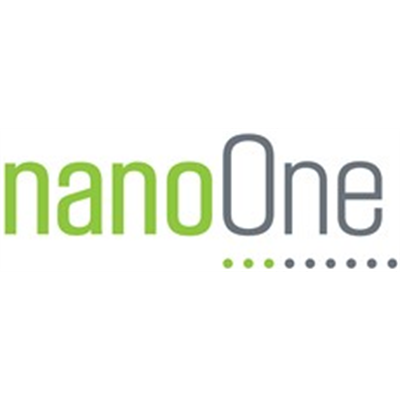Understanding Lithium-Ion Battery Components, with Nano One Materials
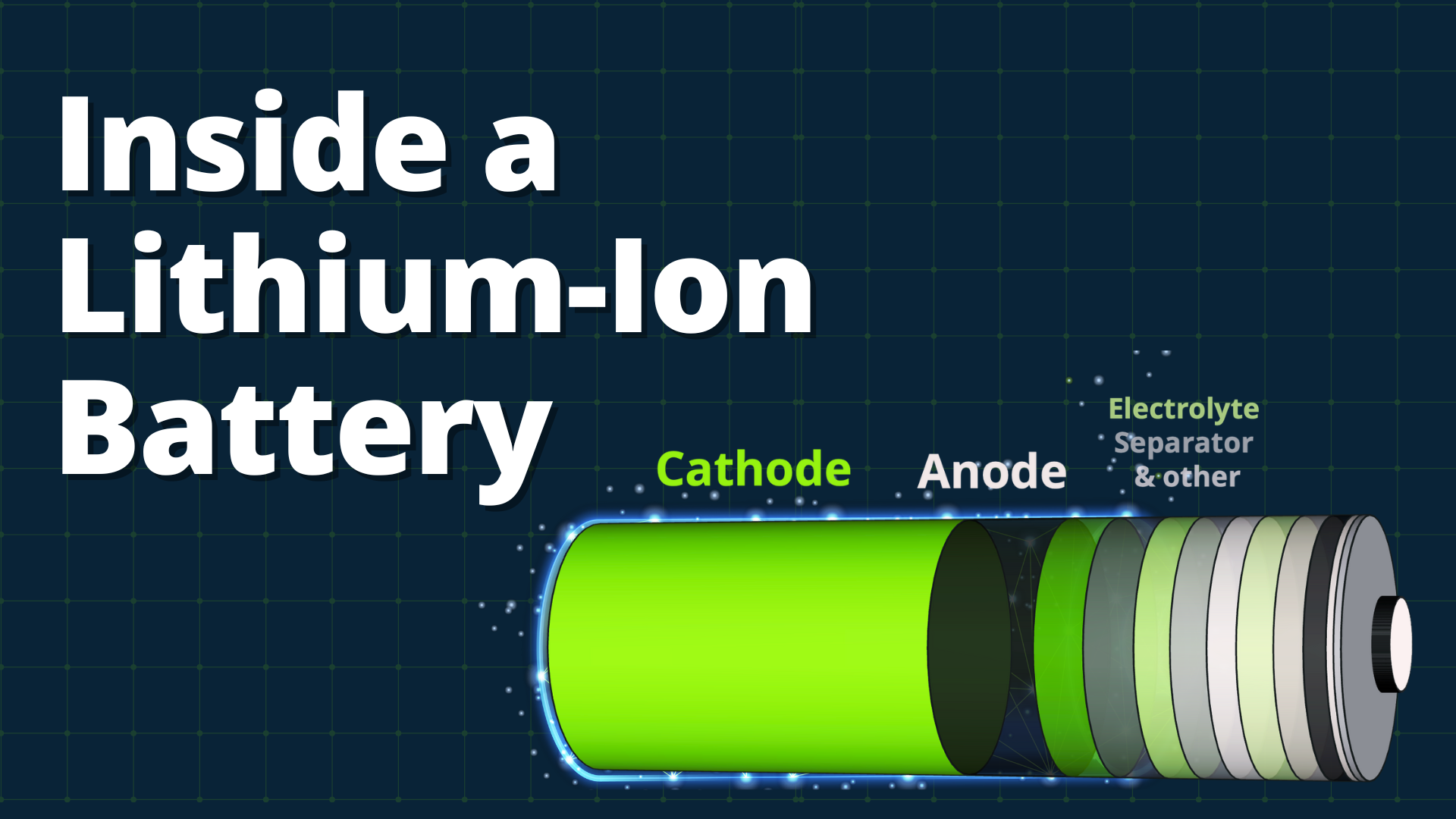
Nano One Materials' Denis Geoffroy explains lithium-ion technology, comparing NMC vs LFP cathodes, highlighting cost benefits driving EV mass adoption potential.
- Lithium-ion batteries are complex systems of layered films (cathode, separator, anode) that work like "rocking chairs," with lithium ions moving between electrodes through intercalation processes
- Battery performance depends critically on ultra-pure materials - even minimal impurities can create aging issues, short circuits, and reduced efficiency across all components
- NMC offers superior energy density for premium vehicles but has stability concerns; LFP provides lower cost, enhanced safety, and longer cycle life at the expense of energy density
- The industry is shifting from premium NMC-based EVs toward mass-market adoption using LFP technology, with China leading at 60-70% LFP market share
- LFP technology, originally developed in the US and refined in Quebec, is poised for a comeback as the industry focuses on affordable, accessible electric vehicles
Introduction to Lithium-Ion Batteries
The modern electric vehicle revolution rests on a foundation of electrochemical innovation that many consumers never see or fully understand. At the heart of every Tesla, BYD, or emerging EV lies a sophisticated energy storage system that battery industry veteran Denis Geoffroy aptly describes as "alchemistry." As Chief Commercialization Officer at Nano One, a chemical engineer with over 30 years in battery technology, Geoffroy offers unique insights into the intricate world of lithium-ion batteries and their evolution.
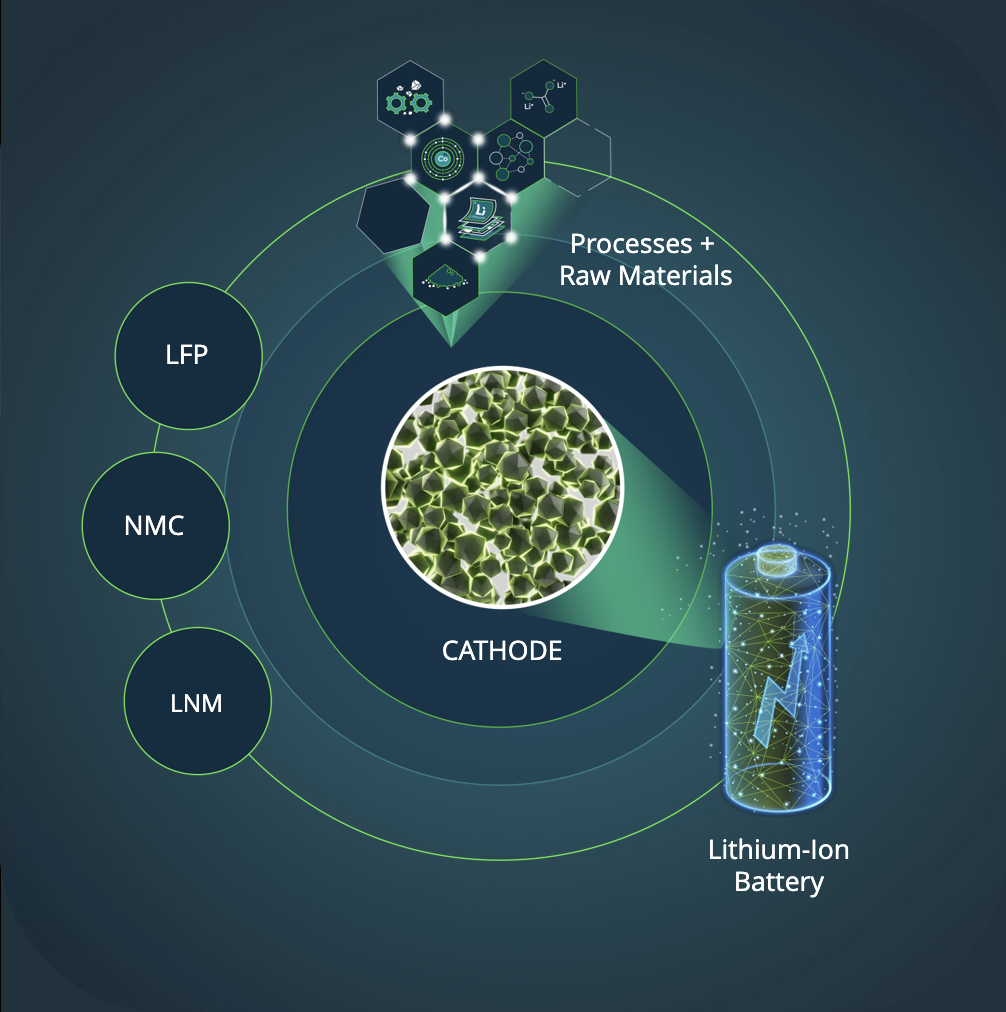
The complex precision required in battery manufacturing stems from the need to perfectly balance multiple components and materials, each playing a critical role in the battery's overall performance, safety, and longevity.
The lithium-ion battery market has undergone dramatic transformation since Sony introduced the first commercial cells in the 1990s. What began as a niche technology for premium applications has evolved into the cornerstone of a multi-trillion-dollar transition to sustainable transportation. Understanding the technical intricacies of these systems - particularly the evolution from high-energy-density materials to more stable, cost-effective alternatives - is crucial for investors navigating this rapidly changing landscape.
About Nano One Materials
Nano One Materials is a Canadian clean technology company founded in 2011 that is revolutionizing how the world manufactures cathode active materials for lithium-ion batteries. Based in British Columbia with a market cap of C$111 million, the company operates the only full-scale LFP production facility and experienced team outside of Asia, positioning it as a critical strategic asset as North American governments seek supply chain independence. With 48 granted patents and 56+ pending across major markets, Nano One has developed breakthrough technologies including their One-Pot Process, which delivers at least 30% lower CAPEX, up to 30% lower OPEX, and dramatic reductions in energy consumption (80%), GHG emissions (50-60%), and water usage (80%) compared to traditional manufacturing methods.
Led by CEO Dan Blondal, the company has assembled a leadership team with over 500 years of combined cathode experience and cultivated strategic partnerships with industry leaders including Rio Tinto, Sumitomo, Worley, BASF, and Volkswagen. Nano One has received significant government support, including C$18M from Quebec and US$12.9M from the U.S. Department of Defense in 2024 alone, reflecting its strategic importance in establishing Western battery material production capabilities. Operating a flexible business model spanning licensing, independent manufacturing, and joint ventures, the company targets a $150B+ market opportunity by 2035 across North America, EU, and Indo-Pacific regions, with particular strength in the rapidly growing LFP segment that now commands 60-70% market share in China and is expanding globally as the EV market transitions toward mass adoption.
Understanding Battery Components & Chemistry
The Fundamental Architecture
At its core, a lithium-ion battery consists of carefully engineered layers that work in harmony to store and release electrical energy. Geoffroy breaks down this architecture: "Iit's really a lot of films that are rolled together, incorporating first an aluminum on which we would put a cathode material, the powder that's impregnated on it. Then there would be a separator. Then there would be a copper film on which we would put a graphite material that would be the anode of it."
These components are assembled in different configurations depending on the application:
- Cylindrical cells: Traditional wound configuration used in many early EVs
- Pouch cells: Cut and stacked films for more flexible packaging
- Blade cells: Large-format stacked designs pioneered by companies like BYD for maximum energy density
The "Rocking Chair" Mechanism
The fundamental operating principle of lithium-ion batteries lies in the movement of lithium ions between electrodes. Geoffroy uses an elegant analogy:
"When I started my career, we we're calling them rocking chair batteries because it's really same concept as a rocking chair where the lithium ions move from one side to the other of the battery."
This movement occurs through a process called intercalation, where lithium ions insert themselves into the crystal structure of electrode materials without fundamentally changing them. During charging, electrical energy forces lithium ions from the cathode to the anode. During discharge, the ions naturally flow back to the cathode, generating electrical current as electrons move through the external circuit.
This natural preference of lithium ions for the cathode material is what drives the battery's discharge process when connected to a load.
The Critical Importance of Material Purity
One of the most under-appreciated aspects of battery manufacturing is the extreme purity required for all components. Geoffroy emphasizes this crucial point:
"What's really key to the making good batteries is really having good materials at all the steps."
The consequences of impurities are severe and multifaceted:
- Formation of aging mechanisms that reduce battery life
- Creation of small short circuits that can lead to safety issues
- Degradation of performance characteristics over time
- Potential for catastrophic failure in extreme cases
This purity requirement drives much of the cost and complexity in battery manufacturing, as suppliers must maintain strict quality control throughout the entire production chain from raw materials to finished cells.
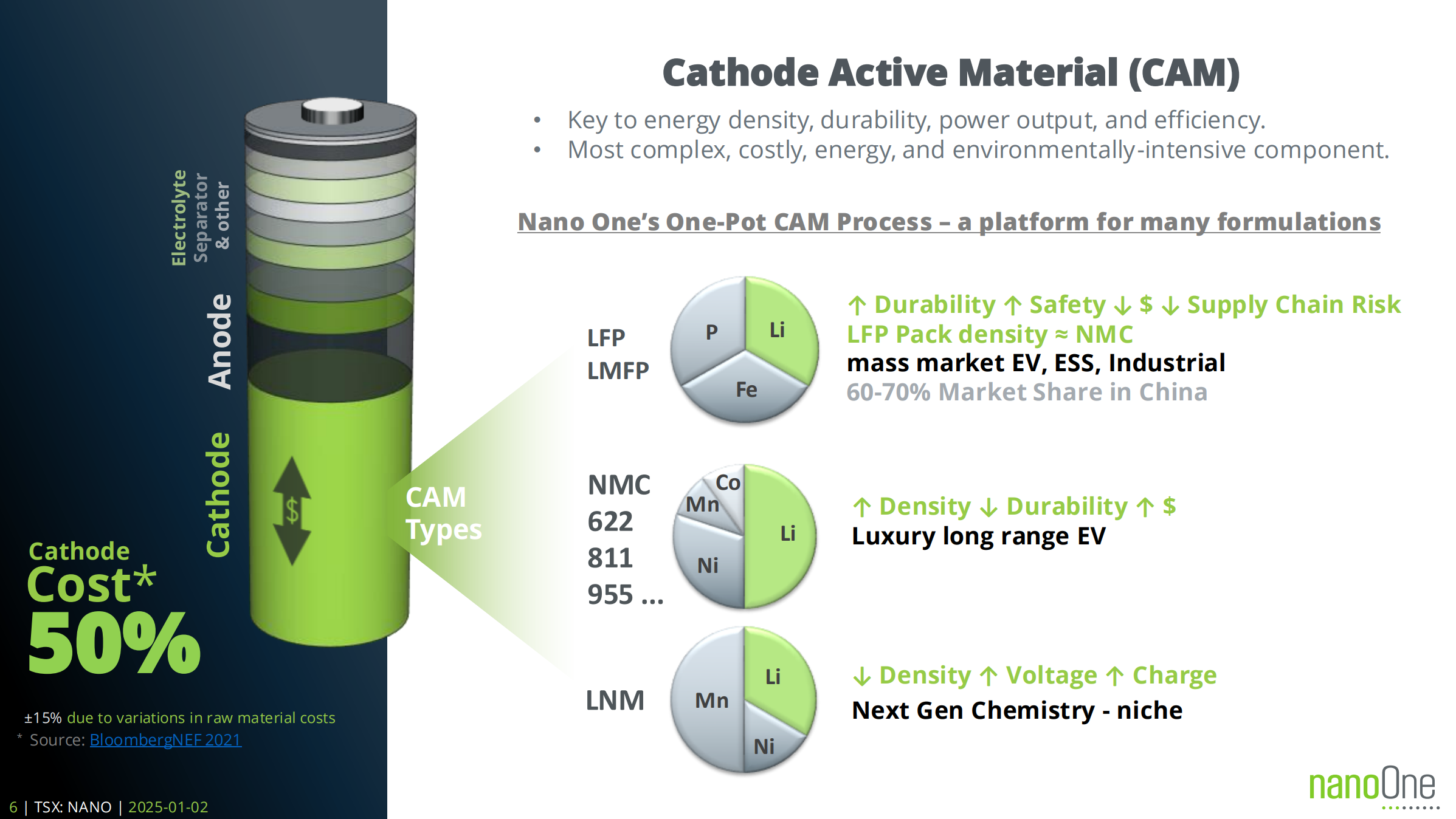
Cathode Materials: NMC vs. LFP
The Dominance of Cathode Materials
Within the battery system, the cathode material plays an outsized role in determining overall performance characteristics. As Geoffroy notes:
"Cathode is the most complex, costly and energy intensive component of the battery by far. It's really the key impact on the energy density, the durability, the cycle life, the power output and the efficiency of the battery."
This central importance has made cathode material selection one of the most critical decisions in battery design, with implications for vehicle cost, range, safety, and longevity.
NMC: The Premium Solution
Nickel Manganese Cobalt oxide (NMC) emerged as the first practical cathode material for automotive applications, building on the original lithium cobalt oxide chemistry used in early Sony batteries. "First cathode material that was used in the first cells that we had back in the 90s when Sony started first lithium iron cells, they were using lithium cobalt oxide," Geoffroy explains.
NMC's advantages include:
- High energy density: Allows for longer vehicle range with smaller batteries
- Proven track record: Extensively tested in automotive applications
- Performance characteristics: Good power output and efficiency
However, these benefits come with significant drawbacks. Geoffroy uses a compelling analogy to explain NMC's fundamental weakness: "You can see lithium nickel manganese oxide as a bookshelf... lithium is the book. The mixed metals are really the shelves themselves. So it's a very thin shelf because you don't have a lot of strength and the lithium books are really the ones holding the structure."
When lithium is removed during charging, the structure becomes unstable: "When you start removing the books or the lithium, the structure will get weaker and weaker. And if you move too many of those books, your bookshelf will fall down and it will be hard to put the books back in it, so you would lose capacity."
This instability manifests in several ways:
- Need to avoid charging to 100% capacity
- Limitations on fast charging frequency
- Potential safety issues if oxygen separates from the material
- Shorter cycle life compared to more stable alternatives
LFP: The Pragmatic Alternative
Lithium Iron Phosphate (LFP) represents a fundamentally different approach to cathode design. Despite being "not really a new technology" - Geoffroy has been working on it since 2002 - LFP is experiencing a renaissance due to changing market needs.
Key advantages of LFP include:
- Lower cost: Composed of abundant materials (lithium, iron, phosphate)
- Enhanced safety: Stable phosphate structure prevents oxygen release
- Longer cycle life: Can handle many more charge/discharge cycles
- Thermal stability: Operates safely across a wider temperature range
The structural stability of LFP is captured in Geoffroy's extended bookshelf analogy: "LFP on the other hand has a big bookshelf. See the phosphate as itself, which stays there as a big bookshelf that has wrong structure. And you can take the books in and out of it without affecting the structure. That's really why LFP is really much longer lasting than NMC."
The primary disadvantage of LFP is lower energy density:
"The material being more stable, being much safer, less additional safety measures or equipment to keep it safe, it allows for much bigger cells."
Market Dynamics & Geographic Distribution
The global distribution of cathode technologies reflects both technical capabilities and market positioning strategies. Currently, "China is 99% right now," Geoffroy notes. This concentration in China contrasts with the more distributed NMC supply chain.
Market share is rapidly shifting: "LFP is now at 60 to 70% in China and starting to grow slowly outside." This growth reflects the automotive industry's recognition that not all consumers need maximum range and are willing to trade some energy density for cost savings and longevity.
The Evolution & Future of LFP Technology
Historical Development Path
The story of LFP technology illustrates how breakthrough innovations can take decades to achieve commercial success. Geoffroy provides a fascinating historical perspective: "LFP was born in United States at University of Texas in Austin in Dr. John Goodenough's lab, the Nobel Prize of Chemistry in 1999."
The technology's journey includes several key milestones:
- 1996-97: Initial discovery at UT Austin
- Quebec Development: Hydro-Québec acquired rights and began improvement work
- Carbon Coating Innovation: University of Montreal developed nano-sized carbon coating to address conductivity issues
- Early Commercialization: Quebec-based FossTech-Lithium built first commercial plants in 2005 and 2010
- Chinese Scaling: Extensive development and manufacturing scaling in China
Technical Improvements & Manufacturing
The evolution of LFP manufacturing has focused on addressing its primary weakness - electrical conductivity.
"LFP by itself doesn't conduct electrons. It can get lithium ion in and out, but to move the electrons around, it's very bad at it. So a carbon coating is needed - a nano-sized carbon coating on the surface."
This innovation solved a fundamental problem: while LFP could store and release lithium ions effectively, it couldn't efficiently transport electrons without enhancement. The carbon coating breakthrough made commercial viability possible and opened the door for large-scale adoption.
Market Positioning & Future Outlook
The resurgence of LFP reflects changing market demands and a maturation of the EV industry. Geoffroy explains the fundamental shift: "What brought LFP to really take a market share... is really the need to make a car for everybody. To make a car that can be sold at a much lower price."
This transition from premium to mass market is driven by several factors:
- Consumer behavior: Most drivers don't need extreme range for daily use
- Cost sensitivity: Price parity with internal combustion engines requires lower battery costs
- Infrastructure development: Improving charging networks reduce range anxiety
- Product differentiation: Different applications require different performance profiles
As Geoffroy notes, "There are people buying Porsche today, and there will be people also buying Toyota. There's really a need for the different markets for vehicles."
Return to North America
The future of LFP technology includes a significant geographic rebalancing. With LFP now a "mature material," there's a strong case for bringing production back to North America. Nano One acquired a plant two years ago, exemplifing this trend.
This repatriation is driven by:
- Supply chain security: Reducing dependence on single-country suppliers
- Government incentives: Policies promoting domestic EV supply chains
- Technical expertise: Leveraging historical R&D investments in North American institutions
- Market proximity: Reducing transportation costs and time-to-market
The Investment Thesis for Nano One Materials
- Strategic Asset: Nano One owns proven LFP production capability with an operational plant in Quebec, positioned to capitalize on North American supply chain reshoring trends
- Technical Leadership: The company leverages patented coating technology originally developed in Quebec and advanced manufacturing processes critical for commercial-scale LFP production
- Market Timing: Well-positioned to benefit from the global shift toward LFP chemistry as the EV market moves from premium to mass market, with LFP expected to reach 60-70% market share globally
- Cost Advantage: LFP technology offers 30-40% lower material costs compared to NMC, enabling profitable production of affordable EVs that can achieve price parity with ICE vehicles
- Regulatory Tailwinds: North American government policies supporting domestic EV supply chains and reducing Chinese dependency create favorable conditions for local LFP production
- Scalability Potential: Existing infrastructure and technical expertise provide foundation for rapid scaling to meet growing North American demand without the extensive capital requirements of greenfield projects
The lithium-ion battery industry stands at a critical inflection point, transitioning from a premium technology serving early adopters to a mass-market solution enabling widespread EV adoption. Denis Geoffroy's insights reveal how technical understanding of cathode materials - particularly the trade-offs between energy density and stability - will shape the industry's future. As LFP technology matures and returns to its North American roots, companies like Nano One are positioned to capitalize on the fundamental shift toward accessible, long-lasting electric vehicles that can truly democratize sustainable transportation.
Macro Thematic Analysis
The transition from NMC to LFP cathode technology represents more than a technical evolution - it signals a fundamental transformation in how the automotive industry approaches electrification. This shift occurs within a broader macro environment characterized by three convergent forces that make it particularly compelling for investors.
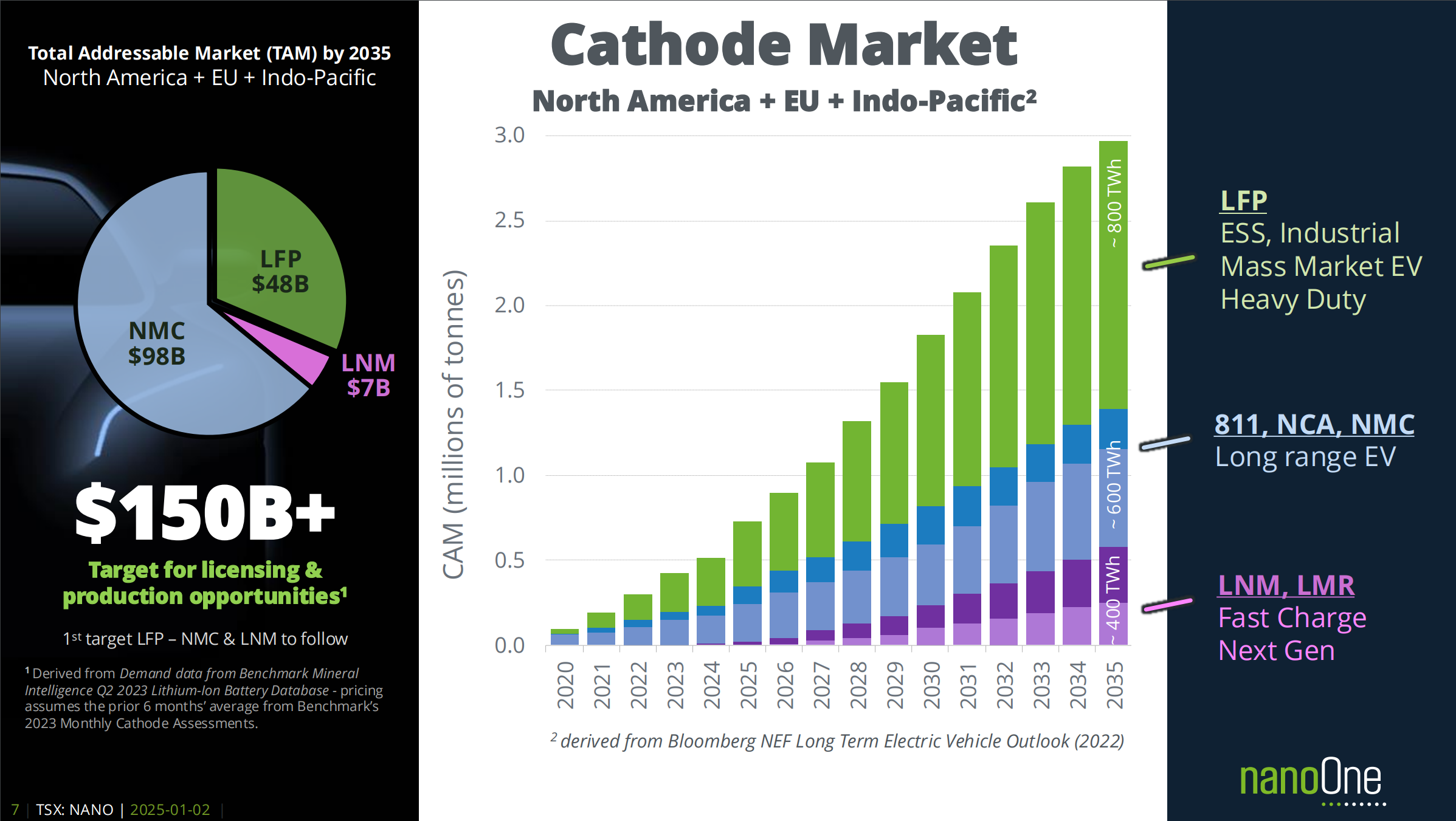
First, the geopolitical imperative of supply chain diversification has become paramount. China's dominance in LFP production (99% market share) presents both an opportunity and a risk. As Western governments implement policies to reduce strategic dependence on Chinese suppliers, the repatriation of LFP manufacturing to North America becomes both economically viable and politically necessary. This creates a protected market environment where companies like Nano One can compete effectively despite potentially higher initial costs.
Second, the democratization of electric vehicles requires a fundamental cost structure change that only LFP can deliver. The automotive industry has reached a critical realization: sustainable transportation cannot succeed as a luxury good. With LFP offering 30-40% material cost savings compared to NMC, it becomes the enabling technology for $25,000-$30,000 electric vehicles that can achieve true mass market penetration. This represents a trillion-dollar market opportunity as the industry transitions from serving 2-3% of global vehicle sales to 50%+ by 2030.
Third, the maturation of charging infrastructure has reduced range anxiety, making LFP's lower energy density less relevant for most consumers. The majority of daily driving occurs within LFP's comfortable range, while expanded fast-charging networks address long-distance travel needs. This infrastructure development essentially validates LFP's value proposition, removing the primary barrier to its adoption in passenger vehicles.
The convergence of these macro trends creates a unique window of opportunity. Companies positioned at the intersection of North American production capability, proven LFP technology, and strategic government support stand to benefit from both defensive (reshoring) and offensive (market growth) drivers simultaneously.
Analyst's Notes




Subscribe to Our Channel
Stay Informed










